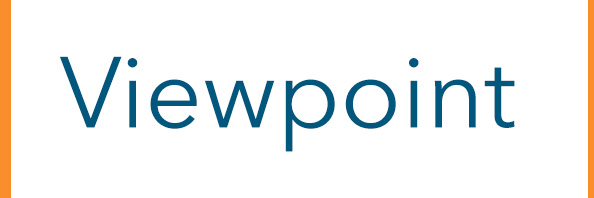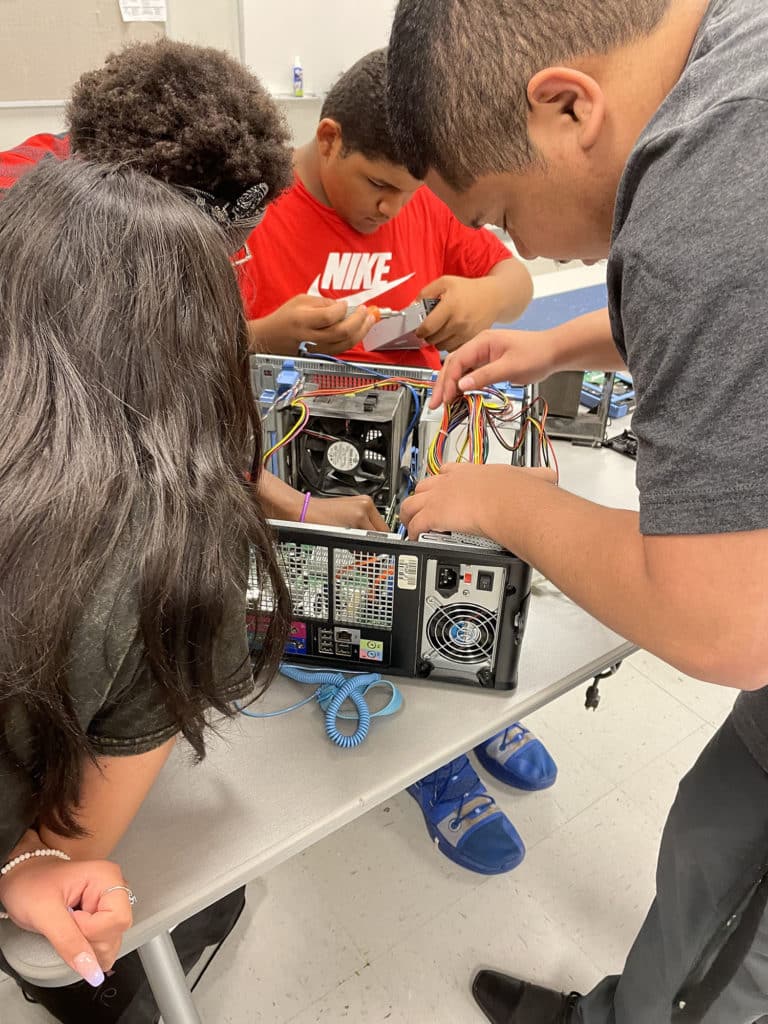The post-Covid world is still struggling to bounce back from pervasive shutdowns in production and a backlog in the supply chain. However, the rumbles of increasing demand in certain national sectors are becoming more insistent.

In aviation, manufacturing and skilled trades, especially, the need for experienced individuals with technical skills is ramping back up. Technical colleges are generally adept at partnering with industry as students progress through programs and into the workforce. Many are also adept at partnering with high schools to provide options to younger students as well, a concept with proven value for all stakeholders.
Over the last five years, career services/employer relations departments have heard repeated calls from industry partners on their need for a new generation of workers interested in specialized trades. These departments are seeing firsthand the need for other, innovative solutions to expand and deepen the talent pipeline.
Wichita State University Campus of Applied Science (WSU Tech) in Wichita, Kansa, boasts a robust dual-credit program and does a fantastic job partnering with local high schools to attract 10th, 11th and 12th graders into its technical programs. These programs run at, or close to, capacity when offered. Some high school welding, for instance, have waiting lists. While this is a partial solution to the coming “grey wave” of skilled labor aging out of manufacturing, it is woefully insufficient.
Do students even know about these careers?
In September 2021, after reviewing career and technical education (CTE) dual-credit numbers from the largest school district in Wichita, some disquieting data appeared. Of more than 12,000 high school students enrolled in that district, only 6% (about 720) were in enrolled in dual-credit options. It’s simple math, but bears stating emphatically: 94% of the largest district high school students were not on a path that might include career and tech education.
While recognizing there are multiple contributing factors, many of which ought to be examined, it is also imperative to note that employers — and the nation — are short on time for a solution. It seems sensible to first address the simplest question: Do these students even know that these lucrative, fulfilling careers are available to them?
The answer is: not really.
In reviewing same-district data from the individual plans of study (IPS) which are populated from Q&A career placement software, the results are even more dismal. In terms of career clusters, STEM careers didn’t even break the 10% mark. Only 8% of students identified the pursuit of careers in a science, technology, engineering or mathematical fields. Drilling down to the manufacturing-specific career cluster, the result was a miniscule 3% of students, which equates to roughly 387 students in a group of over 12,000.
Begin career exploration sooner
Career placement software is useful but can sometimes pigeonhole students into generalized occupations that are matched to them based on pre-programmed likes, dislikes and arbitrary qualifications. This software often does not lay out career options or possibilities that are outside of a student’s known experiences. As such, a student who has never played with drones or turned a wrench but loves organization, has a strong attention to detail and understands how complex things work together might never know that a career in aviation as a safety inspector is even a possibility.
What is required to change this?
While education professionals already don numerous hats, an increasing need to take an active role in genuine career exploration for students is emerging. That exploration needs to begin sooner than high school.

This summer, WSU Tech hosted “Makers of the Plains,” a career exploration camp for seventh through 10th grade students. Held on campus, it was hectic, fast-paced, hands-on, and for some of the attendees it opened their eyes to possibilities never previously considered.
Partnering with local and national industry representatives, the camp spent five days introducing a total of 77 young men and women to career ecosystems and showed them tangible trajectories on how they might place themselves on those paths. Professionals from healthcare, aviation, manufacturing, engineering, automotive, IT and robotics spent time engaging with these youth, having conversations and showing them a world of opportunity that had maybe only existed in a hazy grey background before.
Even more importantly, they didn’t merely lecture at the students. The camp was created with a hands-on component that allowed students to deep dive into a particular career concept (automotive, IT, robotics, manufacturing, healthcare) and go elbow deep into a process or project. Students changed tires, bucked rivets, assessed lung sounds and built PCs. While not every student loved every “deep dive,” it was almost visible when the mental lightbulbs turned on for different students throughout the course of the week.
- “Wait, you mean I could get a job doing this?”
- “Wait, how much did you say I could make if I did this?”
- “Hold on, if I was a lineman/welder/machinist/AMT I could live where?”
These were just some of the responses from students during or after conversations with featured industry leaders.
Industry partners
In higher education, it can sometimes feel unnecessary to partner with students not yet in high school; this is a false assumption. It is imperative to engage with them, and to do so meaningfully. Enrollment of this semester and next is always going to be front of mind and rightly so, but ignoring these younger students who are the very future of vital trades, industries and healthcare would be an egregious oversight.
Industry is way ahead of many higher education entities in this regard. In the creation of the camp, close to a dozen organizations participated who have a dedicated staff geared towards supporting K-12 engagement. These individuals are eager and willing to develop content, to sponsor events, and to be present in a meaningful way.
By recognizing the need to invest in the future and working to cultivate partnerships in these industries, there exists a chance to shine light on new, undiscovered pathways for students. In the end, those pathways often lead right through the doors of your institution.

